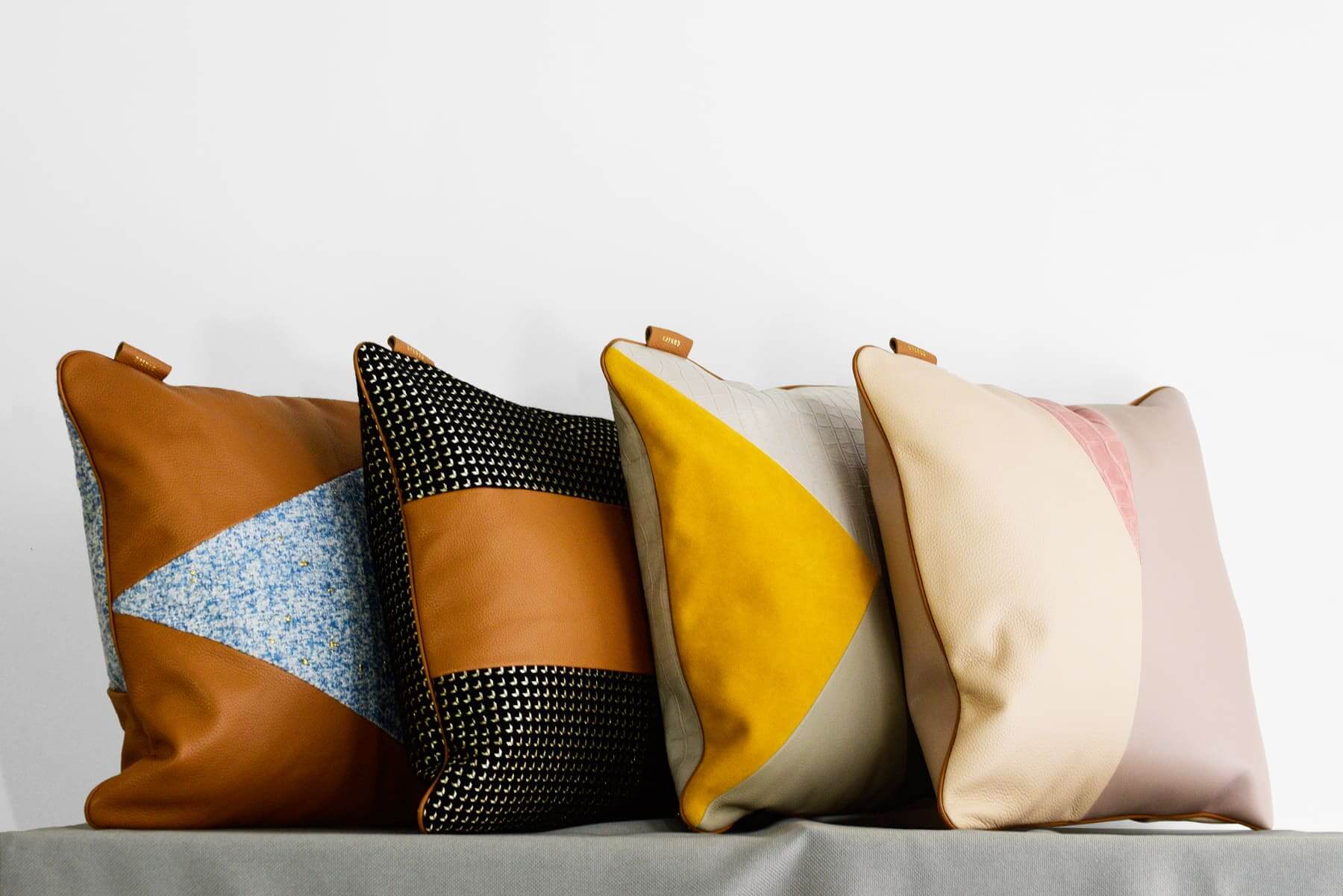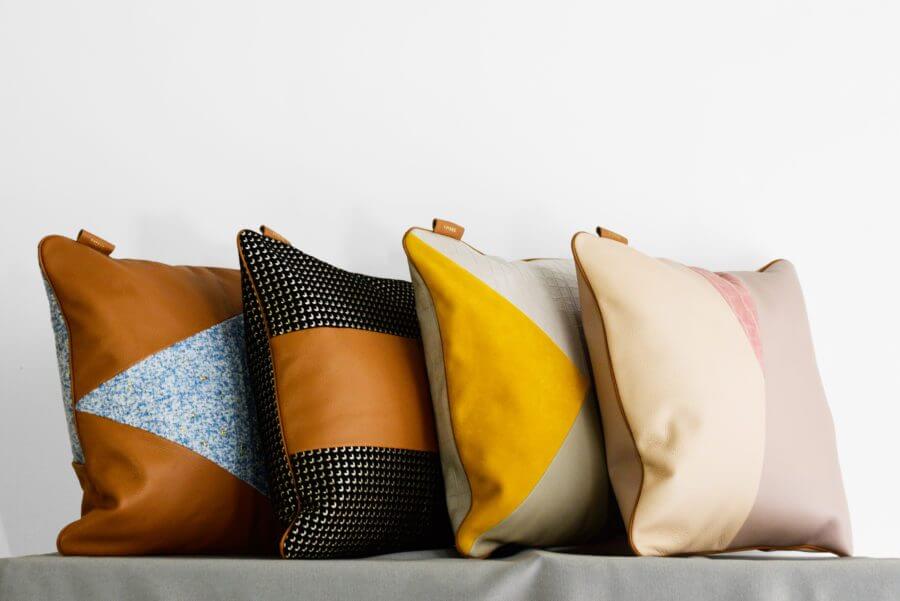When designing a dream baby nursery for your little one, here are 7 must-have items you should include:
1. A Crib With a Comfy Mattress That Can Grow With Your Baby
When it comes to baby nurseries, a quality crib and mattress are must-haves. To make things easier, you may want to get an adjustable convertible crib that can grow with your child from infancy through toddlerhood—a bassinet near the bed is also convenient for frequent nighttime feedings. A good quality mattress ensures both safety and comfort for your little one!
2. A Nursing or Feeding Chair
A comfortable, supportive nursing or feeding chair is an important item to have in any baby nursery. Having a dedicated spot to nurse or bottle-feed your little one can help create a relaxed and soothing environment while providing physical comfort for both you and your baby. You may want to look for a chair with adjustable heights and armrests, as well as plenty of back support.
3. Easy-to-Clean Floors
If you are looking for a flooring option in your baby’s nursery, then something that is easy to clean should be at the top of your list. A carpet is an inviting and comfortable surface for those tiny feet; however, if you do go with a carpet make sure it has anti-allergen features and low VOCs. A washable play mat will also provide a fantastic soft space where babies can explore without any worries.
4. A Closet, Dresser, or Changing Table
A dedicated changing table is an essential item in any nursery and you should look for one that has plenty of drawer space and adjustable shelves. That way, it can hold all the items you need while keeping everything organized. A closet is also a great item to include, as it will provide you with plenty of room for storage.
A closet, dresser and changing table that can grow with your baby is an invaluable item for any nursery. Look for one that has several adjustable shelves and drawers so you can easily store diapers, wipes, and other items you need as your baby grows.
5. Paint, Wallpaper, Wall Art
When considering paint, wallpaper, or wall art for a baby nursery, it’s important to choose colors and designs that create a calm and soothing environment. Soft pastel tones such as light blue, pink and yellow are often popular choices as they can evoke peacefulness and tranquility. Additionally, look for non-toxic paints that are low in VOC, which will help keep your baby’s air clean. When it comes to wall art, you may want to look for pieces with soft colors and abstract designs that can complement the overall decor of the room.
6. White Noise Machine, Speakers, or Something to Soothe Baby
If you’re looking for a way to help your little one sleep peacefully, consider investing in white noise machines or speakers. White noise machines can provide an array of relaxing sounds that will ensure baby gets quality rest, while speakers are ideal for playing lullabies and other calming tunes. Either option can be very helpful in creating a peaceful atmosphere within the nursery.
7. Baby Monitor
As a parent, you want to make sure your baby is safe and secure at all times. Investing in a reliable baby monitor can provide both safety and peace of mind for the whole family. When shopping for one, look for features like two-way audio, night vision capabilities and temperature sensors: perfect additions if you’d like to keep an eye on your little one from any area in the house!
3 Extra Optional Items
1. An Extra Pullout Bed
Transform your baby’s nursery into a multi-functional wonderland by adding an extra pull-out bed. Having family and friends stay over is much simpler when you can combine convenience with style; giving them their own sleeping area while also allowing the space to be used as a playroom.
2. A Shelf for Books, Toys, Montessori Style
Having a shelf for books and toys in the baby’s nursery is a great way to encourage imaginative play. You may want to look for shelves that are low to the ground, as this will help ensure your baby’s safety. Additionally, you could opt for more Montessori-style wooden shelves, which can provide an aesthetically pleasing and practical solution.
3. An Air Purifier or IQ Air Monitor to Check PM 2.5
If you live in a location with poor air quality, you may want to consider investing in an air purifier or IQ air monitor for your baby’s nursery. This can help ensure that the air is free of pollutants such as dust, pollen, and smoke. An IQ air monitor is especially helpful as it can detect the levels of PM 2.5 in the air, so you can be sure your baby is breathing clean air.
Conclusion
From a crib with a good mattress to an air purifier, these items will help ensure your baby has everything they need for a safe and comfortable space. And if you have the extra space and budget, these three optional items can add even more comfort and convenience for you and your little one.
OPENUU provides a full range of baby nursery design services, helping you create the perfect room for your little one. Contact us to find out more today.


